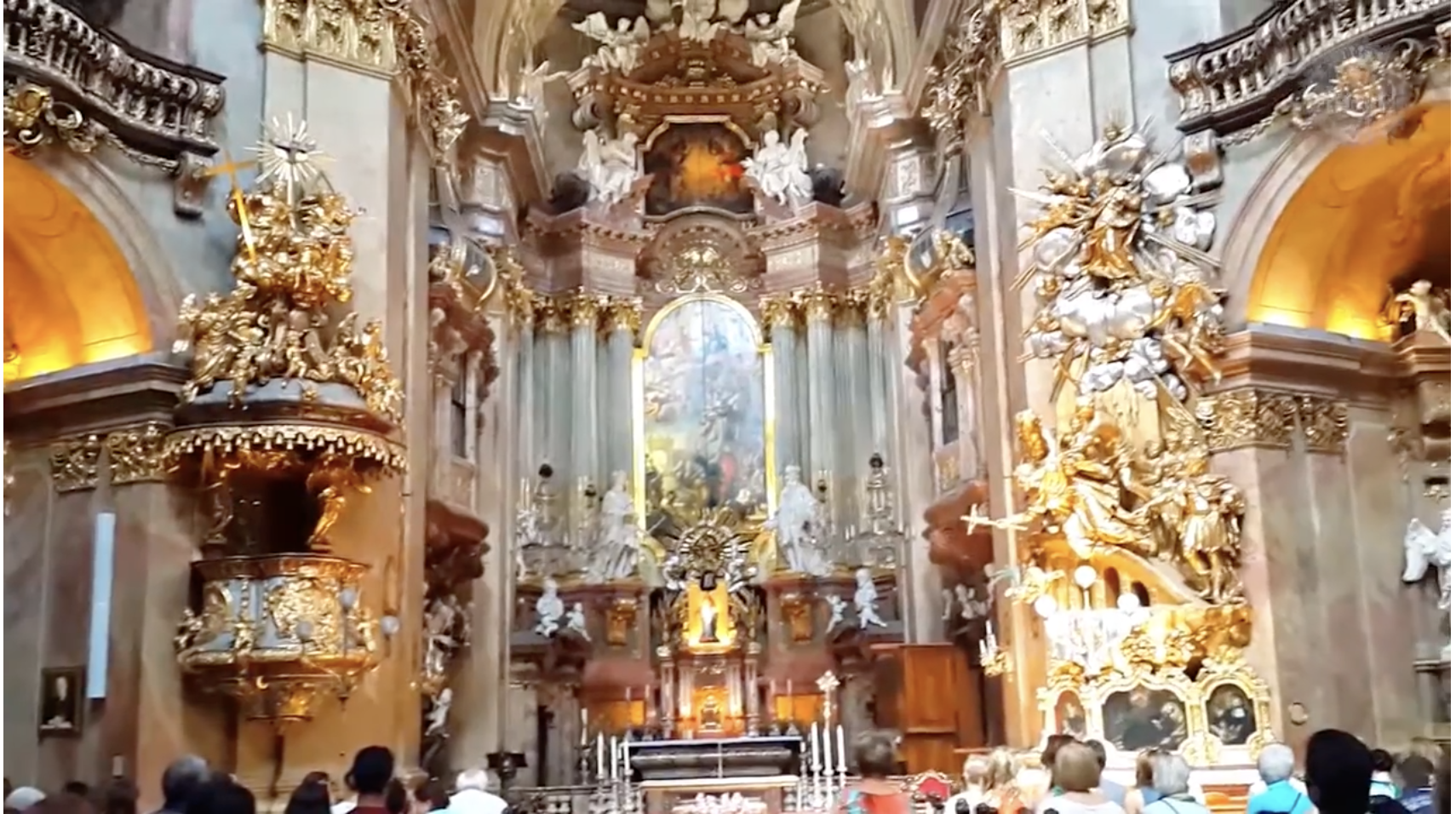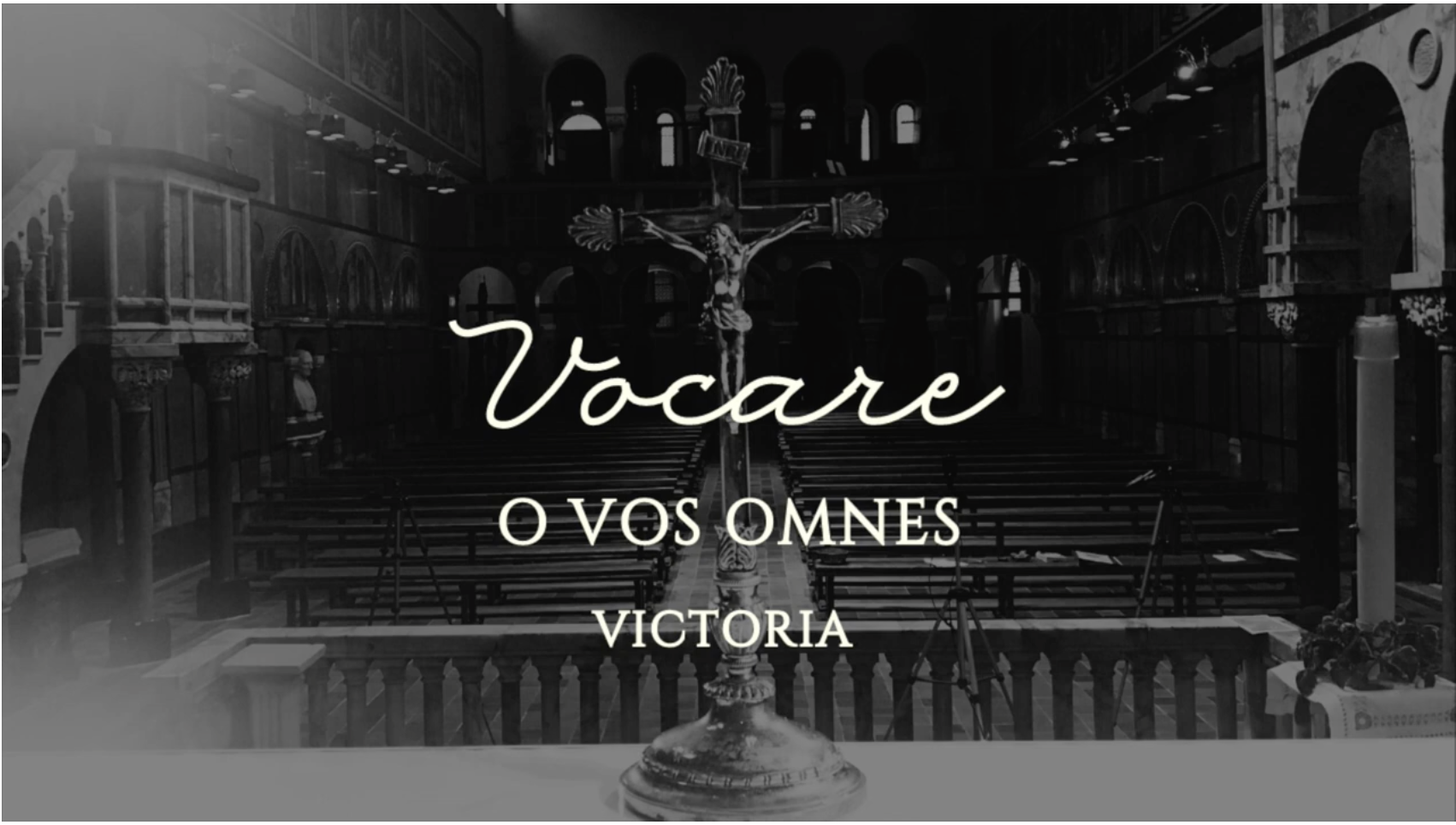Holy Scripture opens with the words, “In the beginning God created heaven, and earth.” And the catechism adds: Out of nothing he created them. This means that ‘before’ (one of those false words necessary for human logic, but of course not to be taken literally) God conceived and willed creation, nothing existed—neither matter nor energy nor images nor motives; not even the mysterious yearning for existence, but actually nothing!
God existed, and that was enough. “Beside” God nothing was, is necessary, for he is the “One and All.” Even all that is “in addition” to God comes from him: matter, energy, form, purpose, order, things, events, plants, animals, humans, angels – everything that is. Man can work with the stuff of reality or even recombine images in the unreal realms of fantasy. But he can never create from nothing, can add no single new thing (real or imagined) to those God has fashioned. For man nothingness is a blank wall. Only God, who can create from it, making things and placing them in reality, has genuine contact with it. For man nothingness is only the severance from things.
Thus God created man, who had no coherence, no life save in his Creator. Then man sinned; he attempted to free himself from this fundamental truth of his existence; attempted to be sufficient unto himself. And he fell away from God – in the terrible, literal sense of the word. He fell from genuine being towards nothingness – and not back to the positive, creative pure nothingness from which God had lifted him, but towards the negative nothingness of sin, destruction, death, senselessness and the abyss. Admittedly, he never quite touches bottom, for then he would cease to exist, and he who has not created himself is incapable of cancelling his existence.
God’s mysterious grace could not leave man in such forlornness; it desired to help him home. It is not for us to discuss how he might have accomplished this. Our task is to hold to the text that accounts how it actually was done: in a manner of such sacred magnanimity and power, that once revealed to us, it is impossible to conceive of any other: in the manner of love.

Christ Entombed by Charles Filiger, 1895
God followed man (see the parables of the lost sheep and the missing groat in Luke 15) into the no man’s land which sin had ripped open. God not only glanced down at him and summoned him lovingly to return, he personally entered into that vacuous dark to fetch him, as St. John so powerfully expresses it in his opening Gospel. Thus in the midst of human history stood one who was both human and God. Pure as God; but bowed with responsibility as man.
He drank the dregs of that responsibility – down to the bottom of the chalice. Mere man cannot do this. He is so much smaller than his sin against God, that he can neither contain it nor cope with it. He can commit it, but he is incapable of fully realizing what he has done. He cannot measure his act; cannot receive it into his life and suffer it through to the end. Though he has committed it, he is incapable of expiating it. It confuses him, troubles him, leaves him desperate but helpless.
God alone can “handle” sin. Only he sees through it, weighs it, judges it with a judgment that condemns the sin but loves the sinner. A man attempting the same would break. This then the love, reestablisher of justice and willer of man’s rescue known as “grace.” Through the Incarnation a being came into existence who though human in form, realized God’s own attitude toward sin. In the heart and spirit and body of a man, God straightened his accounts with sin. That process was contained in the life and death of Jesus Christ.
The plunge from God towards the void which man in his revolt had begun (chute in which the creature can only despair or break) Christ undertook in love. Knowingly, voluntarily, he experienced it with all the sensitiveness of his divinely human heart. The greater the victim, the more terrible the blow that fells him. No one ever died as Jesus died, who was life itself. No one was ever punished for sin as he was, the Sinless One. No one ever experienced the plunge down the vacuum of evil as did God’s Son – even to the excruciating agony behind the words: “My God, my God, why hast thou forsaken me?” (Matt. 27:46). Jesus was really destroyed. Cut off in the flower of his age; his work stifled just when it should have taken root; his friends scattered, his honor broken. He no longer had anything, was anything: “a worm and not a man.”
In inconceivable pain “he descended into hell,” realm in which evil reigns, and not only as the victorious breaker of its chains. This came later; first he had to touch the nadir of a personally experienced agony such as no man has ever dreamed. There the endlessly Beloved One of the eternal Father brushed the bottom of the pit. He penetrated to the absolute nothingness from which the “re-creation” of those already created (but falling from the source of true life toward that nothingness) was to emerge: the new heaven and new earth.
















